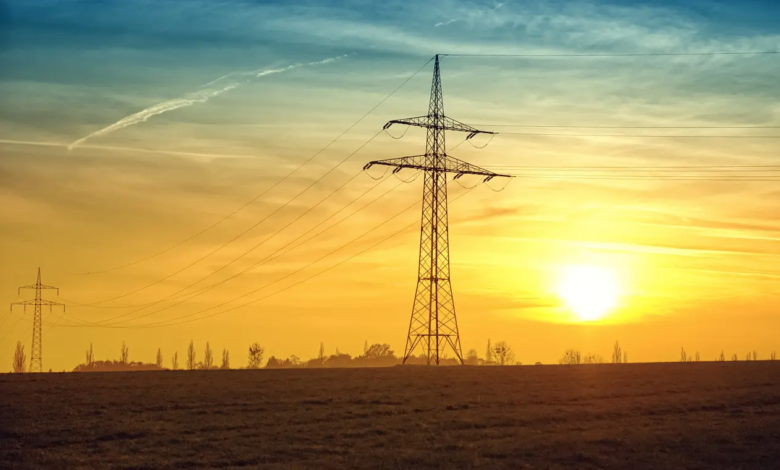Electricity market 2023, IEA: renewables will hold the reins of growth

The forecasts for the Electricity market 2023 2023, 2024 and 2025 of the International Energy Agency
(sustainabilityenvironment.com) – “The growth in world demand for electricity is set to accelerate, adding demand to more than double Japan’s current consumption over the next three years. The good news is that renewable sources and nuclear energy are growing fast enough to satisfy almost all this additional appetite”. With these words Fatih Birol, executive director of the International Energy Agency IEA, presented the new report on the electricity market 2023, an in-depth analysis of recent policies, trends and developments in demand, offer and climaltering emissions. From now until 2025.
New record for China’s electricity consumption
Overall, the report returns a fairly calm picture, with a “balanced” redistribution of the forces at play. What seems certain is the recovery in consumption. After the slight slowdown in 2022 (-2% in electricity demand due to the energy crisis and exceptional weather conditions in some regions), world demand is expected to grow to an average of +3% in the next three years under the pull of China, India and Southeast Asia. In reality for the People’s Republic remain several unknowns related to the economic recovery after pandemic restrictions, but the IEA believes that it is possible that the country’s consumption will reach a third of the world by 2025.
Read also IEA: we are in the “first real global energy crisis”
The role of renewables
For fossil fuels there is a period of “redistribution” that will not change for now the final result. The Electricity Market 2023 Report predicts that thermoelectric production from natural gas in the European Union will decrease, but offset by significant growth in the Middle East. Not too dissimilar for coal: the expected falls in European and American power stations will be accompanied by an increase in the Asia-Pacific region. Therefore, only renewable energies and to a lesser extent nuclear should cover the new demand. For the cut share of green energy in global electricity production is expected to increase from 29% in 2022 to 35% in 2025.
This means that, having reached an all-time high last year, carbon dioxide emissions from the energy sector should remain at the same level for the next three years.





